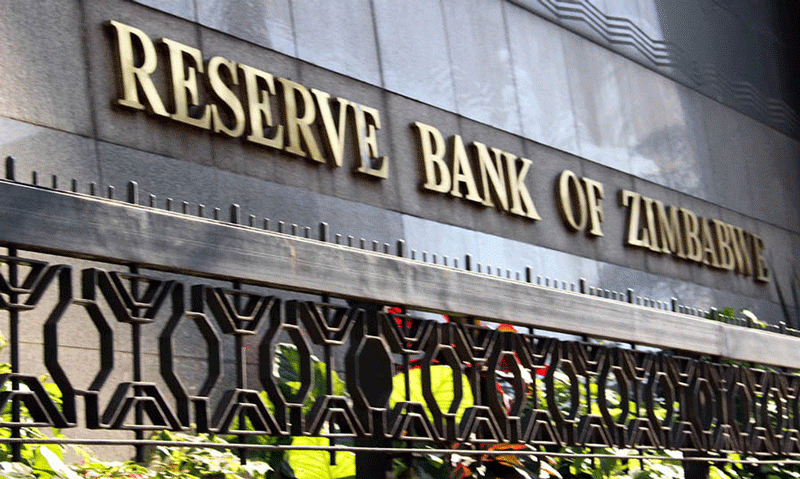
CENTRAL banks across the world are making attempts to have their own virtual currencies based on blockchain technology, in order to compete with the monumental popularity of cryptocurrencies like Bitcoin.
On the continent, Nigeria introduced CBDCs last year and now Kenya has made indications of following suit.
The analysis of the regional and international currencies here presented is collated using data compiled to February 11.
British pound Despite a mild depreciation, the pound finished the week in a fairly strong position against the US dollar.
The currency ended the week with an overall loss of 0,23% which pushed the rate over to 1,356.
In other news, Britain is working on a package of military support and economic aid for Ukraine as the threat of a Russian invasion grows.
Euro The markets had started to price-in more than one rate hike through 2022.
However, the ECB’s Chief Economist effectively pulled back on the expectation by mentioning that the ECB could accommodate a temporary rise in inflation.
- Chamisa under fire over US$120K donation
- Mavhunga puts DeMbare into Chibuku quarterfinals
- Pension funds bet on Cabora Bassa oilfields
- Councils defy govt fire tender directive
Keep Reading
Europe is gearing up for its own virtual currency in the form of a digital euro.
The European Commission announced that it plans to come up with a bill by early next year which will lay down the legal foundation for the digital euro.
Yuan The offshore yuan strengthened past 6,354 per dollar in the week despite the central bank injecting more liquidity into the financial system to boost growth.
The People’s Bank of China injected a net 100 billion yuan into the banking system with its medium-term lending facility, while leaving the borrowing rate unchanged.
This followed a net 200 billion yuan in MLF loans last month when the PBOC cut the one-year policy rate by 10 bps to 2,85%.
Rand The rand gained 1,86% against the dollar for a fifth week out of six.
While many investors expected the rand to buckle in the face of rising US Treasury yields and prospects of a more aggressive pace of Federal Reserve hikes, the currency has responded contrastingly.
Naira The naira was down by 0,19% on the official market as demand for greenback by traders softened.
The currency closed steady at the parallel market as the Central Bank of Nigeria continued its intervention in forex markets.
In other news, the Central Bank of Nigeria will stop selling the greenback to local banks and instead ask lenders to source foreign currency on their own.
Kenyan shilling In the period under review, the Kenyan shilling closed the week steady at Sh113,5 per dollar with supply and demand well matched.
The shilling could also firm this week due to anticipated dollar inflows into a government infrastructure bond, which is popular with foreign investors due to its tax-free status, the traders said.
Metical The metical closed the week unchanged trading at 64,1 against the US dollar at the official market in the week. Notably, market analysts see interest rates in Mozambique reaching 14,25% by the end of this quarter.
In the long term, Mozambique’s interest rate is projected to trend around 15,50% in 2023.
Zimbabwe dollar The Zimbabwe dollar continues its depreciation against a strong US dollar. In the week under review, the local currency (ZW$) fell further by 1,87% to settle at ZW$ 118,8748 per greenback.
The direction of the exchange rate remains unchanged and it is likely that the downward spiral will be sustained.
This was the narrowest weekly loss since the beginning of the year.
- This article was written in collaboration with Nason Mafuya.
- Mabunda is an analyst and TV anchor at Equity Axis, a leading financial research firm in Zimbabwe. — [email protected]











